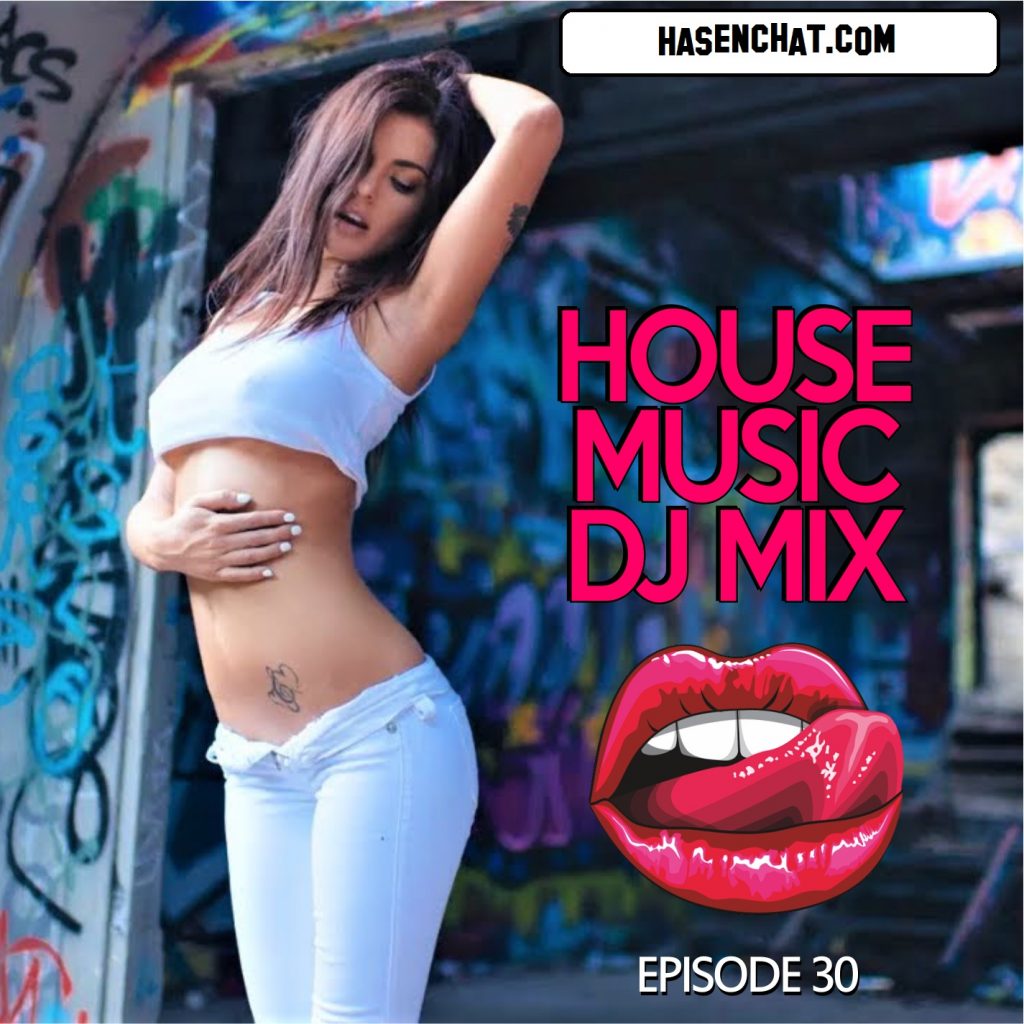
01) Hall & Oates – Can’t Go For That (Mark Brickman Bootleg)
02) Erick Morillo – Live Your Life (feat. Shawnee Taylor)
03) Ritmo Dynamic – Calinda (Original Club Mix)
04) Block & Crown – Let’s Start to Party (Original Mix)
05) Luca Debonaire & Chris Marina – Just Get Up & Dance (Original Mix)
06) Menesix – Acid Girl
07) Poupon – Touch Me (Extended Mix)
08) Sonic Future – Sexy Dancer (Rescue Remix)
09) Matt Prehn – Looking For You feat. Griffin (Original Mix)
10) Piem – Knees Up (Original Mix)
11) Adam Hyjek – Tasty [Fickle Sandwich] (Original Mix)
Tags: House, Deep House, Vocal House, Sensual House, Sexy Deep House, Podcast, DJing, DJ Set, DJ Mix, Live DJ Set, Live DJ Mix,
Time: 61 Min
House music is a genre of electronic dance music (EDM) that originated in the early 1980s in Chicago, United States. It’s characterized by its repetitive 4/4 beat, usually ranging from 120 to 130 beats per minute (BPM), and a strong emphasis on rhythm and groove. House music has evolved over the years and has various subgenres, each with its unique style. Here are some key features and subgenres of house music:
Key Features of House Music:
- Four-on-the-Floor Beat: House music is known for its steady four-on-the-floor beat, where the kick drum hits on each downbeat. This rhythm is highly danceable and provides a consistent foundation for the music.
- Soulful and Groovy: House music often incorporates elements of soul, funk, and disco, creating a warm and groovy vibe. It frequently includes vocals, whether sampled or performed by guest vocalists.
- Sampling: Sampling is a common practice in house music, with producers using snippets of vocals, instrumentals, or other sounds to create new tracks. Classic disco and funk samples are often used.
- Synthesizers: Synthesizers and electronic instruments are essential in creating the signature sounds of house music, including lush chords, stabs, and melodic hooks.
- Repetitive and Hypnotic: House tracks are designed to be repetitive and hypnotic, often featuring extended instrumental sections and gradual build-ups to create tension and release on the dancefloor.
- Subgenres: House music has branched into numerous subgenres over the years, each with its unique characteristics. Some notable subgenres include deep house, tech house, progressive house, and acid house, among others.
Popular Subgenres of House Music:
- Deep House: Known for its smooth and mellow vibes, deep house often features soulful vocals, jazzy chord progressions, and a relaxed tempo.
- Tech House: Combines elements of techno and house, with a focus on groove and a more minimalistic, percussive sound.
- Progressive House: Features longer, evolving tracks with atmospheric and melodic elements. It often builds to a climactic drop.
- Acid House: Recognized for its distinctive use of the Roland TB-303 synthesizer, which produces the “acid” sound. It’s characterized by squelchy and hypnotic basslines.
- Tropical House: A subgenre that incorporates Caribbean and tropical influences, often featuring steel drums and laid-back melodies.
House music has had a significant influence on the broader EDM genre and has a global following of dedicated fans. It continues to evolve and adapt to contemporary trends while maintaining its core elements of rhythm, groove, and soul. DJs and producers around the world contribute to the rich and diverse tapestry of house music.